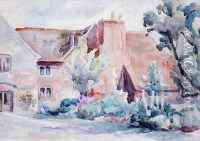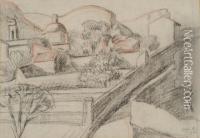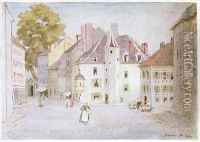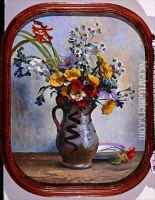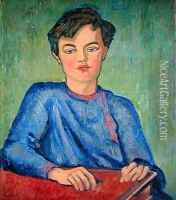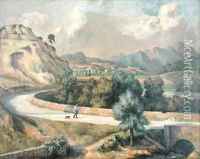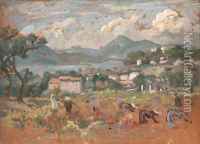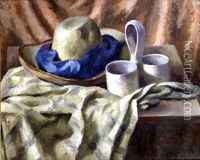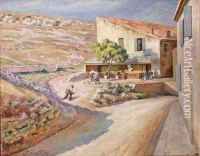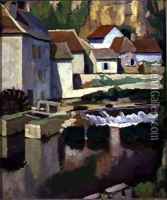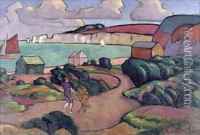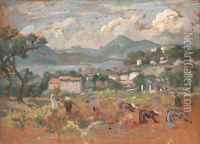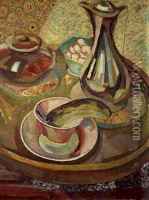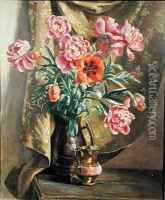Roger Eliot Fry Paintings
Roger Eliot Fry was a British painter and art critic who played a pivotal role in introducing modern French art to the British public. Born on December 14, 1866, in London, Fry descended from a prominent Quaker family. He was educated at the University of Cambridge, where he pursued natural sciences but later shifted his focus to the study of art and aesthetics.
After completing his studies, Fry made several trips to Italy and France, where he developed a keen interest in contemporary art movements. His early work as an artist was influenced by the Old Masters, but he gradually moved towards Post-Impressionism, which he encountered firsthand during his travels.
Fry's career as an art critic and theorist took off in the early 20th century. He became known for his insightful art criticism and for his role in organizing the 1910 and 1912 Post-Impressionist exhibitions in London, which introduced artists such as Vincent van Gogh, Paul Cézanne, and Paul Gauguin to a wider audience. These exhibitions were controversial at the time but played a significant role in shaping modern art in Britain.
In 1913, Fry founded the Omega Workshops, a collective design enterprise that brought together artists to work on furniture, textiles, and various decorative arts. The Omega Workshops became a hub for avant-garde design and included members such as Vanessa Bell and Duncan Grant.
Throughout his life, Fry was also a prolific writer and lecturer on art. He contributed to many art journals and books, sharing his insights on art theory and criticism. He was a proponent of formalism, emphasizing the importance of form and composition in the appreciation of art.
Fry had a significant influence on the Bloomsbury Group, a circle of intellectuals, writers, and artists in London, which included figures like Virginia Woolf and John Maynard Keynes. His ideas about aestheticism and criticism had a profound impact on the group's approach to art and literature.
Roger Fry died on September 9, 1934, in London. His legacy as an art critic, theorist, and advocate for modernism continues to be recognized in the world of art history. His work helped to redefine art criticism and played a substantial role in changing the tastes of the British public towards a greater acceptance of modern art.
